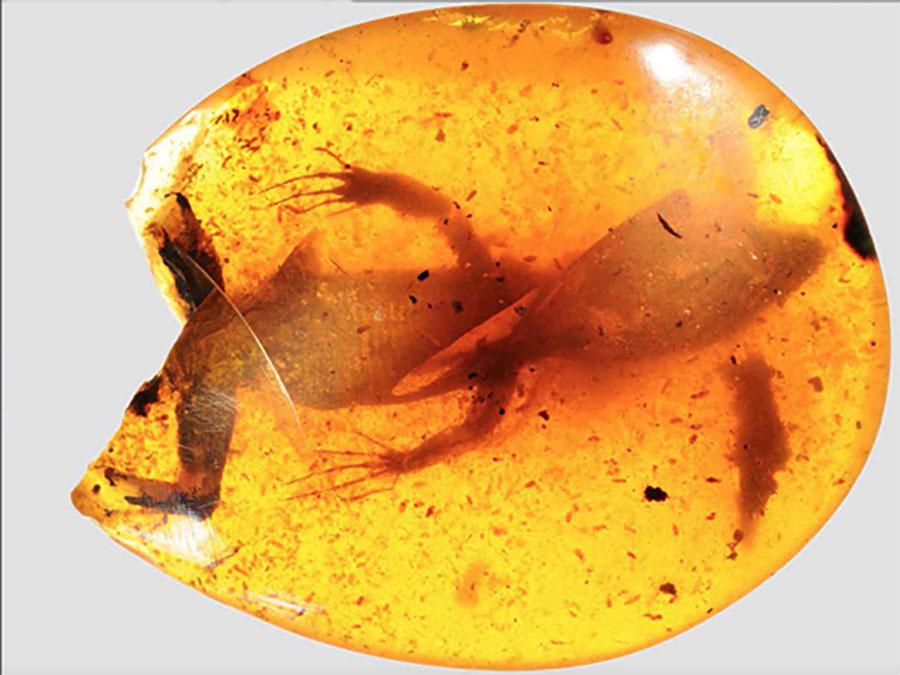Scientists Study Ancient Lizards Encased In 99 Million Year Old Amber
Scientists are studying chunks of amber that have been discovered that have ancient lizard specimens encased inside. The lizards have been inside the amber for about 99 million years and the 12 specimens were discovered in the forests of a region now known as Myanmar. The specimens show a diverse population of lizards living in the region at the time.
Encased in amber are lizards ranging from some samples very similar to modern lizards like geckos, wall lizards, and dragon lizards. Other specimens are unlike any modern lizard living today. "The assemblage is cool because it has some examples which are really, really modern and then others which are really, really old, and then others in between," study co-author Edward Stanley, a herpetology researcher at the Florida Museum of Natural History.
Some species inside the amber are clearly gecko with toe pads that allow them to adhere to surfaces. Another piece of amber is thought to show an ancient precursor to the modern chameleon. That particular specimen is less than half an inch long and the scientists believe it had just hatched before getting stuck in the sticky resin that eventually became amber.
The team has performed CT scans on the specimen and it has a skeleton that is similar to modern day chameleons, but also has features that are more common to other types of lizards. "It's this interesting sort of halfway stop between a modern chameleon and the sister group to chameleons, which are the dragon lizards," Stanley says. The specimen lacks the fused digits that modern chameleons have as part of their specialized body to live in trees. It does have the shorter spine and long hyoid bone common to chameleons today. The scientist believes that parts of the lizards that are missing from the amber were likely eaten by carnivorous dinosaurs only leaving behind parts that were resin coated.
SOURCE: CSMonitor


